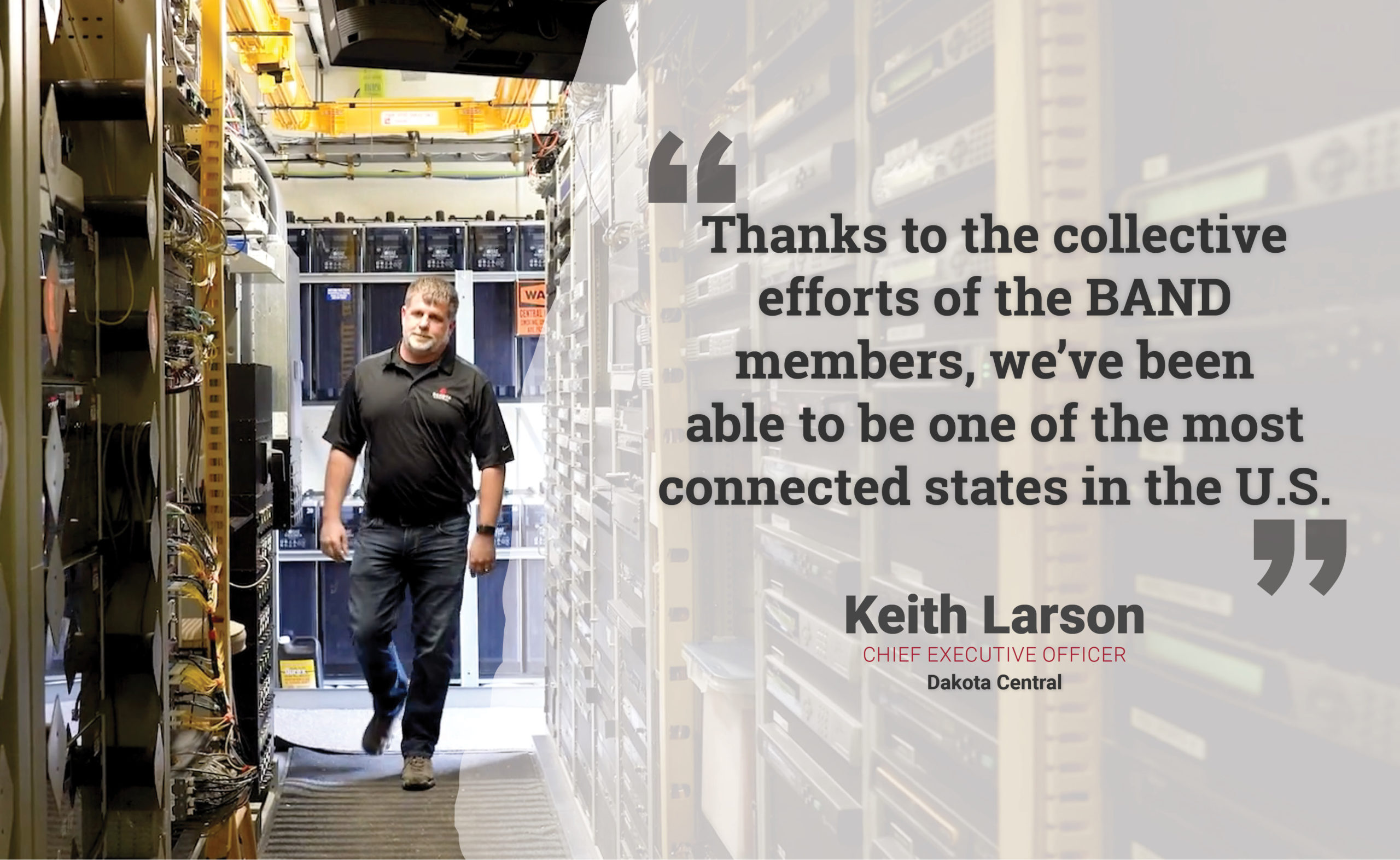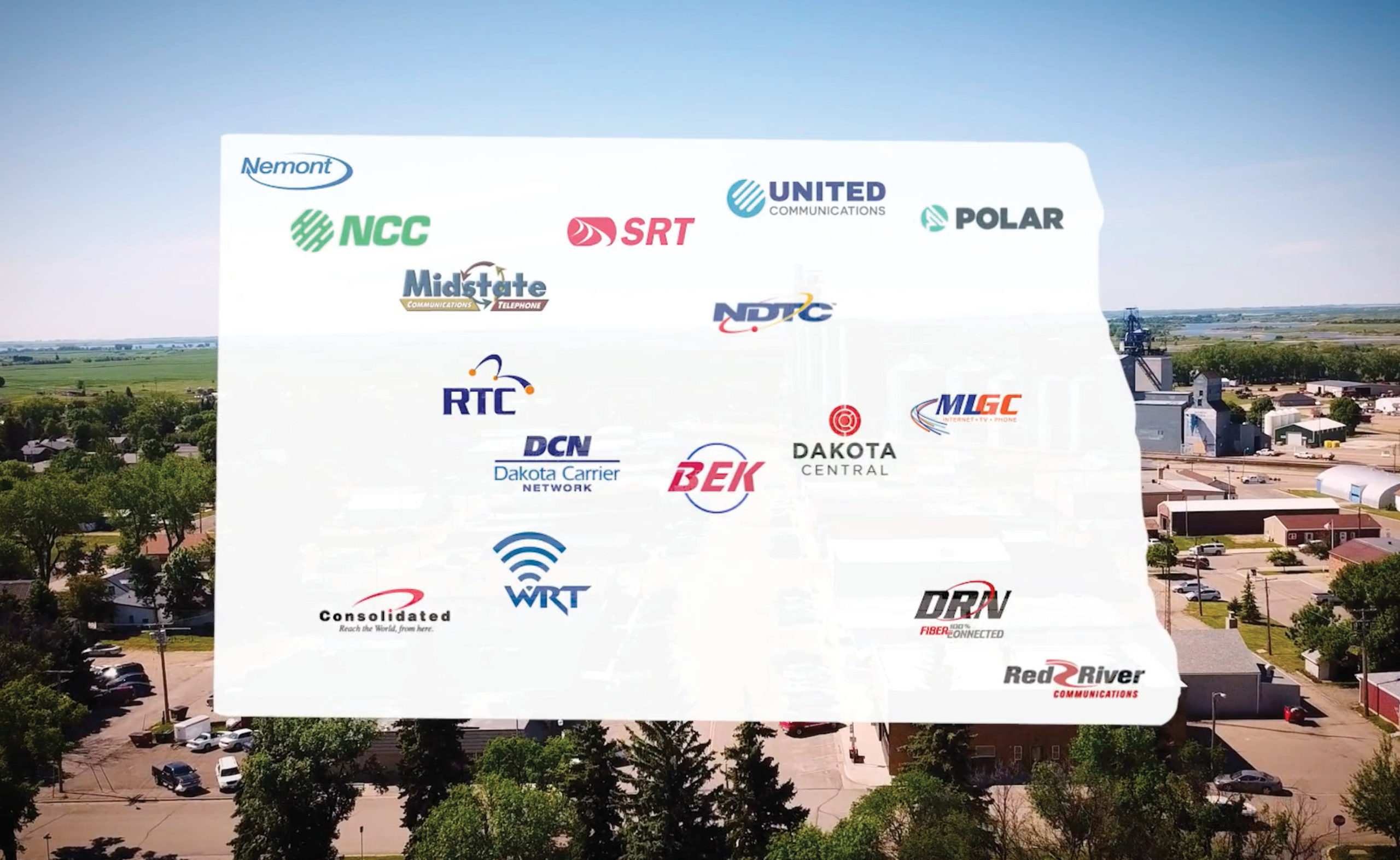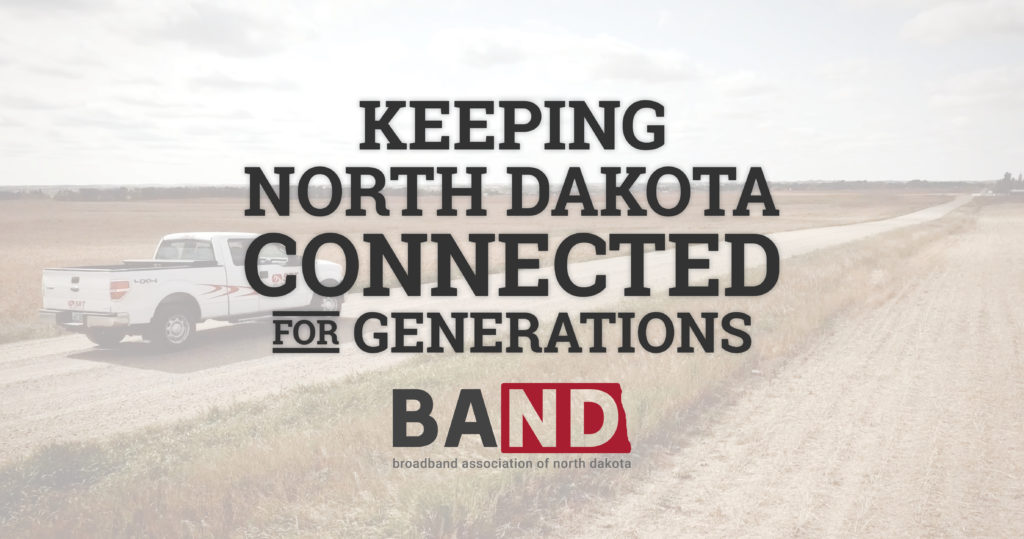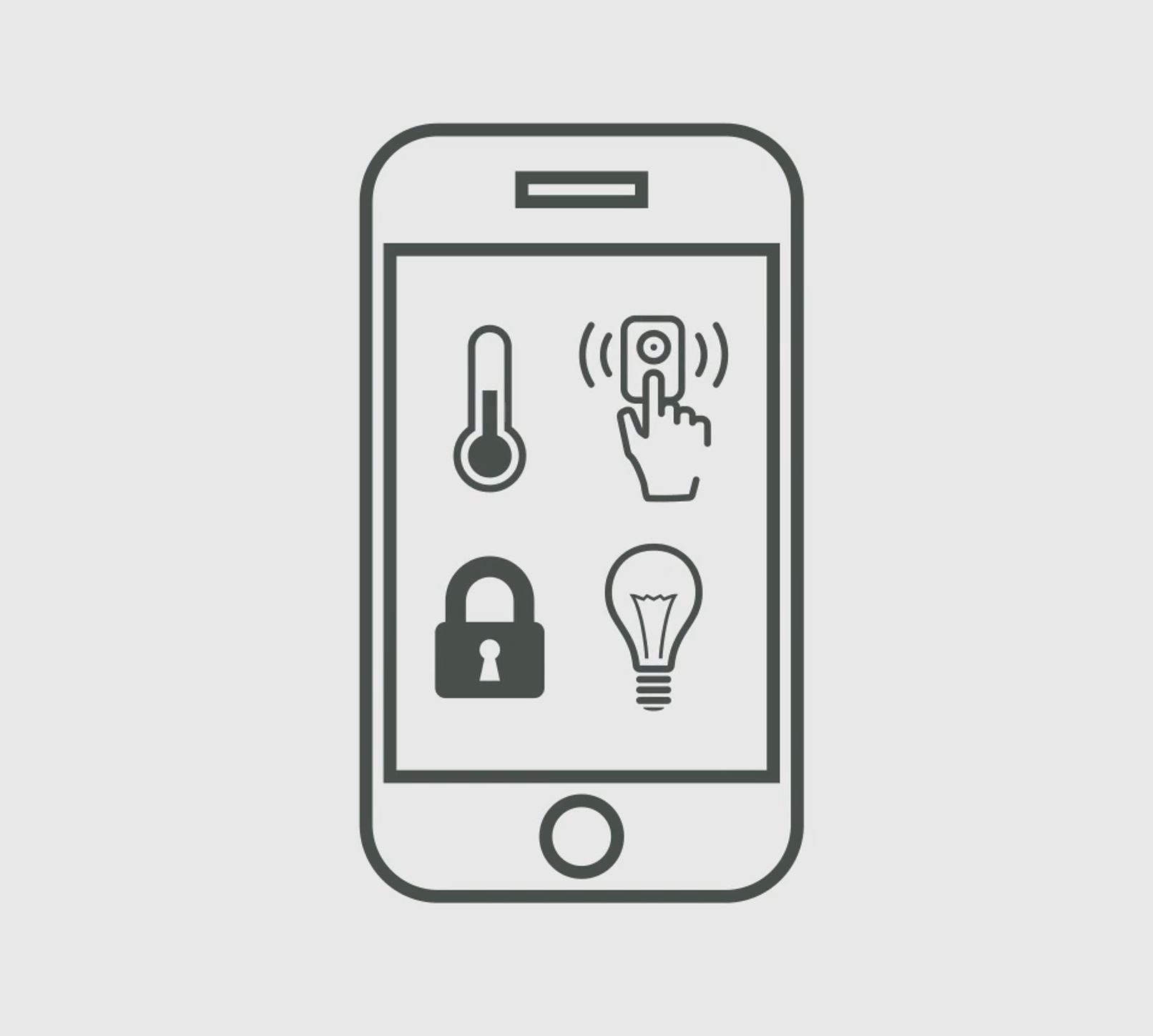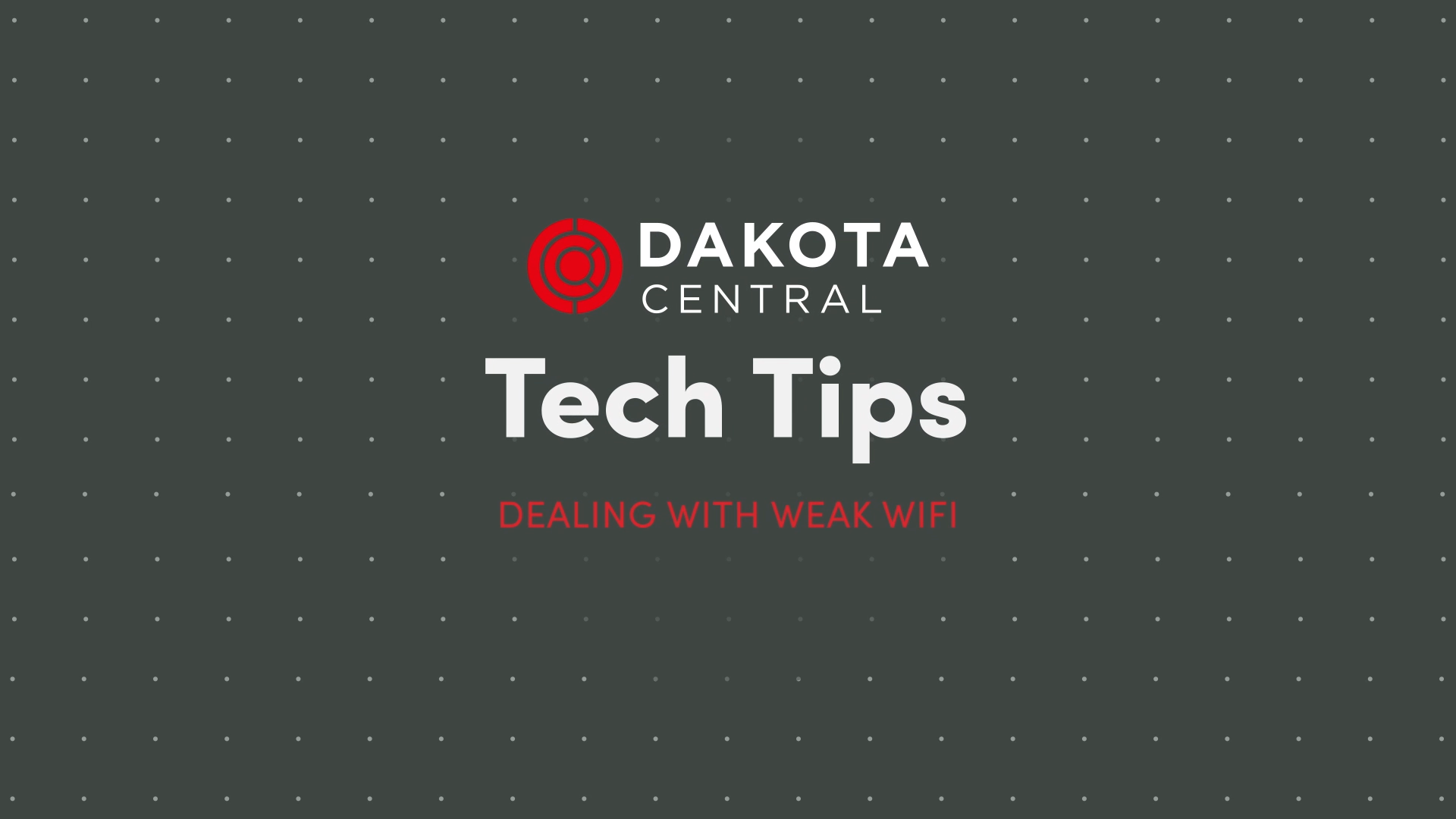Uncategorized
Cryptocurrency 101
Cryptocurrency is everywhere these days. You can’t turn on the news or scroll through your Twitter feed without seeing something about Bitcoin or #DogeArmy. If you’re not familiar with the world of crypto, it can leave you feeling confused and overwhelmed.
Today, we will walk you through Cryptocurrency 101. If you are more of a visual learner, watch our latest Tech Tip video below, to follow along with Brianne.
What is Cryptocurrency?
Cryptocurrency is a digital currency that uses cryptography to secure and verify transactions, making it virtually impossible to counterfeit. The first and most famous form of cryptocurrency, Bitcoin, emerged in 2008, but today there are thousands of alternates on the market.
How Does It Work?
Unlike cash that you carry in your pocket and exchange for goods and services, cryptocurrency exists as digital entries to an online database called a blockchain. A blockchain is an open, distributed ledger that records transactions in code. Think of it like a virtual checkbook that’s distributed across millions of computers around the world. Everyone who uses a cryptocurrency is given their own copy of this checkbook to create a unified record. Software logs each new transaction in real time, and every copy of the blockchain is updated with the new information.
How Do You Use It?
You can use cryptocurrency just like cash to make purchases, but it’s not a universally accepted form of payment yet. Not all businesses accept cryptocurrency, but you can work around this by exchanging crypto for gift cards to select retailers and restaurants with services like eGifter. You can also sign up for BitPay, a debit card that converts cryptocurrency into dollars.
Finally, you can invest in crypto. Cryptocurrency can be purchased on peer-to-peer networks and cryptocurrency exchanges, such as Coinbase, as well as investing apps like Robinhood. But before you go buying into Bitcoin, there are a few things you should consider. First, do your research. There are more than 500 exchanges to choose from, so read reviews and talk with experienced investors before diving in.
And because crypto is highly speculative, be prepared for dramatic ups and downs. While Bitcoin reached a price of over $18,000 per coin in November 2020, it bottomed out at under $5,000 in the same year. If your blood pressure or investment portfolio can’t handle the rollercoaster that is crypto, you may be better off sticking to stocks and bonds.
We’ve only scratched the surface today, but hopefully with this background knowledge you can decide whether crypto is right for you–or at least understand what people are talking about when they bring up Bitcoin!. That’s it for this edition of Tech Tips! Check back soon for another tip to make your technology work for you.
Cybersecurity Awareness Month
October is Cybersecurity Awareness Month- the perfect time to raise awareness about the importance of cybersecurity and to ensure that everyone has the information they need to be safer and more secure online. Do your part, be cyber smart!
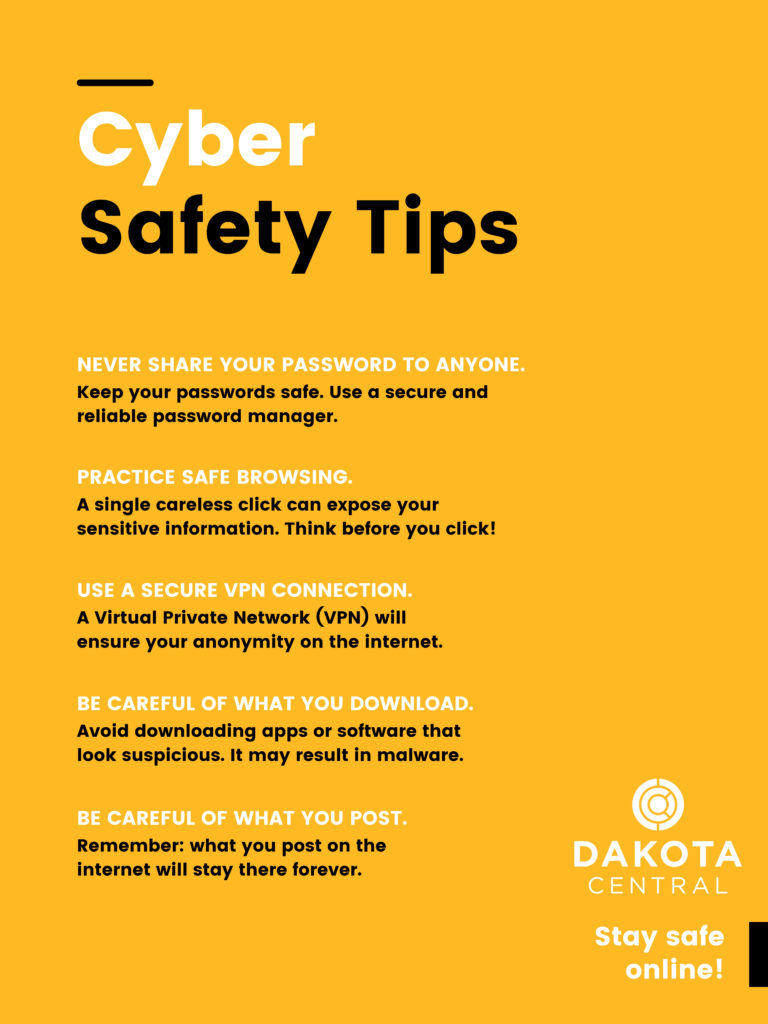
Follow along with us on social media this month to learn more about staying safe online and how you can do your part!


High Definition TV Conversion
We have exciting news to share! You may have noticed that your TV channels look a little different (for IPTV/traditional TV customers only). We are converting all channels to High Definition, at no cost to you! Because it is a bit of a process to get everything switched over, we appreciate your patience during this transition. Many of your favorite channels will have a different channel number, for example, channel 811 will now be channel 11.
Here is a channel line-up for reference as you are getting used to the new channels. You will see a column for “new” and a column for “old.” “New” will be the channel numbers going forward.
We are always here if you have any questions with your TV service! Please contact us at 952.1000 or 652.3184 with any concerns.
Business Spotlight: Crossroads Golf Club
Golfers at CrossRoads Golf Club got a little tease when the season started early in mid- march, but mother nature wasn’t quite done with winter yet. However, that hasn’t stopped the die-hards from still getting their rounds in. General manager Wendy Schmid said the high school golf teams have been practicing in the snow and golfers have been hitting the course, happy the course is open.
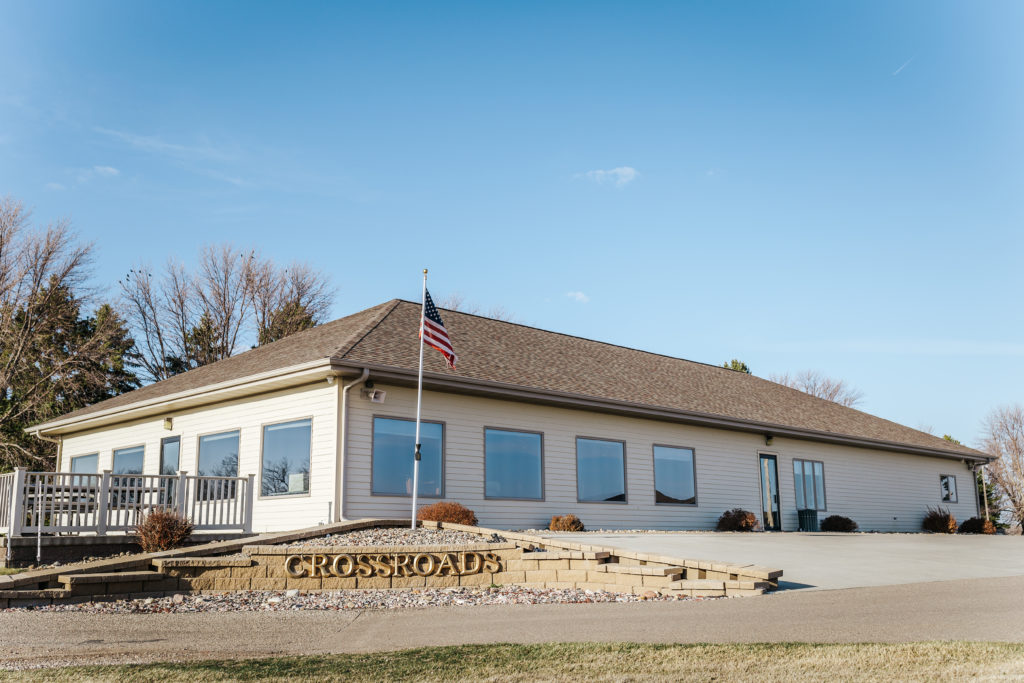
“We have been gearing up for a packed schedule of events this summer, including weddings, tournaments and other happenings,” Wendy explained. The course hosts Ladies Night on Wednesdays and Mens Night on Thursdays, in which they offer a prepared meal after golf. Wendy also mentioned that for the 2021 season tee times will not be required but are appreciated as a courtesy to other golfers. To schedule your tee time, visit crossroadsgolf.com or call 652-2601.
In order to keep things running smoothly and efficiently throughout the season, CrossRoads has a full suite of services from Dakota Central, which includes data, video, voice and security camera services. Along with their data service, CrossRoads subscribes to Small Business Managed Wi-Fi, which allows them to have a dedicated guest network. This is useful for events and business meetings, where visitors can connect to Wi-Fi without compromising the main network.
Last year CrossRoads implemented an online booking system, which gives golfers the option to reserve tee-times online. The club also started using an electronic Point-of-Sale system that allows members to create and charge to an account. Some may say that convenience could be a good or bad thing!
Speaking of bad things, CrossRoads found out the hard way that having a Security Camera system is important. In 2019 they had four golf carts stolen off the property and had no way of tracking down the culprits. After that incident, they knew they knew a security system was necessary in case something like that would happen again in the future. Dakota Central installed seven cameras throughout the property to protect the course and equipment. In their case, peace of mind is worth every penny!
Besides an award winning golf course, the CrossRoads golf area also features a scenic 5-mile recreational trail for walking, jogging, bike riding and cross country skiing which connects into the city all the way up to the Carrington Area Park. Now that the weather is starting to shape up, it’s the perfect time to get out and enjoy some outdoor activities!

Getting Started With A Smart Home
These days, it seems like everything can be controlled at the push of a button. You can adjust the thermostat, turn off the lights, and even lock your front door right from your cell phone. Suddenly, the flying cars and talking robots of the Jetsons don’t seem so far off.
And while smart home tools like these are appealing—with the potential to save you time and money while ensuring your house is secure—the sheer number of products on the market can be overwhelming.
If you are curious about smart home technology, but don’t know where to start, you’ve come to the right place. Today, we are going to walk you through the steps of setting up your smart home.
If you are more of a visual learner, watch our latest Tech Tip video below to follow along with tech expert Brianne. Let’s get started!

Begin With the Basics
The more pieces there are to a puzzle, the more difficult it is to put together. For this reason, we recommend starting with just one or two gadgets. You can build up from there as you become more familiar with the tools and how they work together.
To get started, determine what your needs are. If you are concerned about safety, consider investing in a security system or doorbell camera. If you want your house to be a comfortable 70 degrees when you get home every day, start with a smart thermostat. We’ve compiled a list of the major smart home gadget categories. From this list, select the categories that are most relevant to you and do a bit of research on the available devices.
Security: One option to secure your home with smart technology is a smart doorbell, which contains a camera so you can see who’s at the door (and avoid pesky solicitors). Certain cameras also have features that detect nearby motion, send notifications when you aren’t home, and save recordings in the cloud for later access.
For even more protection, you can also invest in a full security system equipped with door sensors, motion detectors, and sirens.

Lights: Smart bulbs allow you to control individual lights or groups of lights right from your phone. If you are not interested in changing out the lightbulbs in your home, you can purchase a smart switch to control your existing lights.
Thermostats: There are several brands of smart thermostats available, which allow you to adjust your air conditioning or heating depending on the time of day.
Locks: We’ve all been there: you get all the way to work and suddenly wonder, “Did I lock the door behind me?” Smart locks allow you to lock your doors remotely, and some even allow you to unlock your door just by touching it with your finger.
Of course, these gadgets are just the tip of the smart home technology iceberg. There are hundreds of other options available—from self-starting coffee pots to autonomous vacuum cleaners—but these basic tools will help you lay the foundation for your smart home.
Controlling Your Smart Home
So you have the first few pieces of your smart home puzzle—now what?
You may want to purchase a smart home hub, which will integrate all of your gadgets into one system. But do your research before you buy—not every hub supports every smart home device. Some of the most popular hubs, like Samsung SmartThings and Wink Hub 2, are compatible with almost all third-party devices. The hub manufacturers’ websites will list which devices each one can support.
As you begin to build your smart home, keep in mind that every person’s needs are different, and their smart home should be too! Research multiple products, select the ones that suit your needs, and soon you will be on your way to living like a Jetson.
That’s it for this edition of Tech Tips! Check back soon for another tip to make your technology work for you.
Dealing With Weak Wi-Fi
Wireless internet is one of the most significant and time-saving technological advancements of our time.
It allows us to build a network without all the hassle of running cable. However, these networks are highly dependent on signal strength–and there’s nothing worse than a weak Wi-Fi signal.
Today we’re going to identify the most common culprits for weak Wi-Fi AND show you how to solve them. There are countless reasons your Wi-Fi signal may be weaker than usual, but chances are, your problem is coming from one of these three sources:
First, the device you are using is too far from your router. The farther you are, the weaker the signal. To solve this problem, either move to a room closer to your router or purchase a wireless range extender.
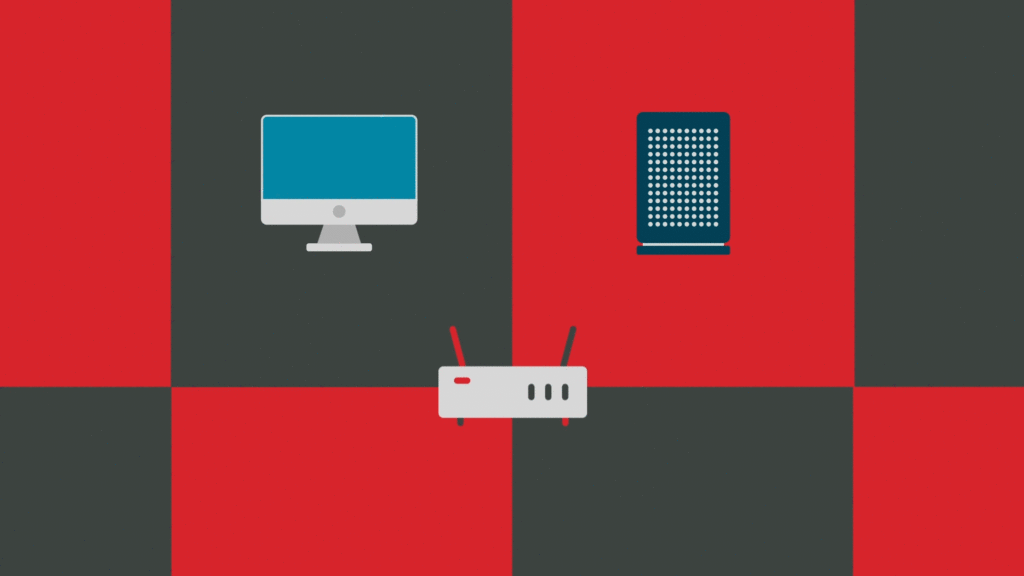
If distance doesn’t seem to be the issue, other objects may be getting in the way. While you may be inclined to “hide” your router, objects like walls, cabinets, and mirrors can disrupt your signal. If you would like to keep your router out of sight, but keep your signal strong, I recommend placing it on top of something like a bookshelf.
And if neither of those solutions improve your Wi-Fi signal, ask yourself: When was the last time I gave my Wi-Fi system a break? Restarting your router is one of the simplest troubleshooting steps you can take to fix an internet connection that isn’t working properly. To learn how, check out our Tech Tip video titled “How to Restart your Router.”
Hopefully, one of these solutions will resolve your Wi-Fi connectivity issues. If you try all three and find that your connection is still weak, please give us a call to speak directly with one of our tech experts.



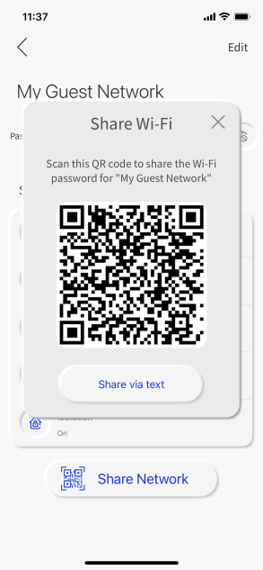

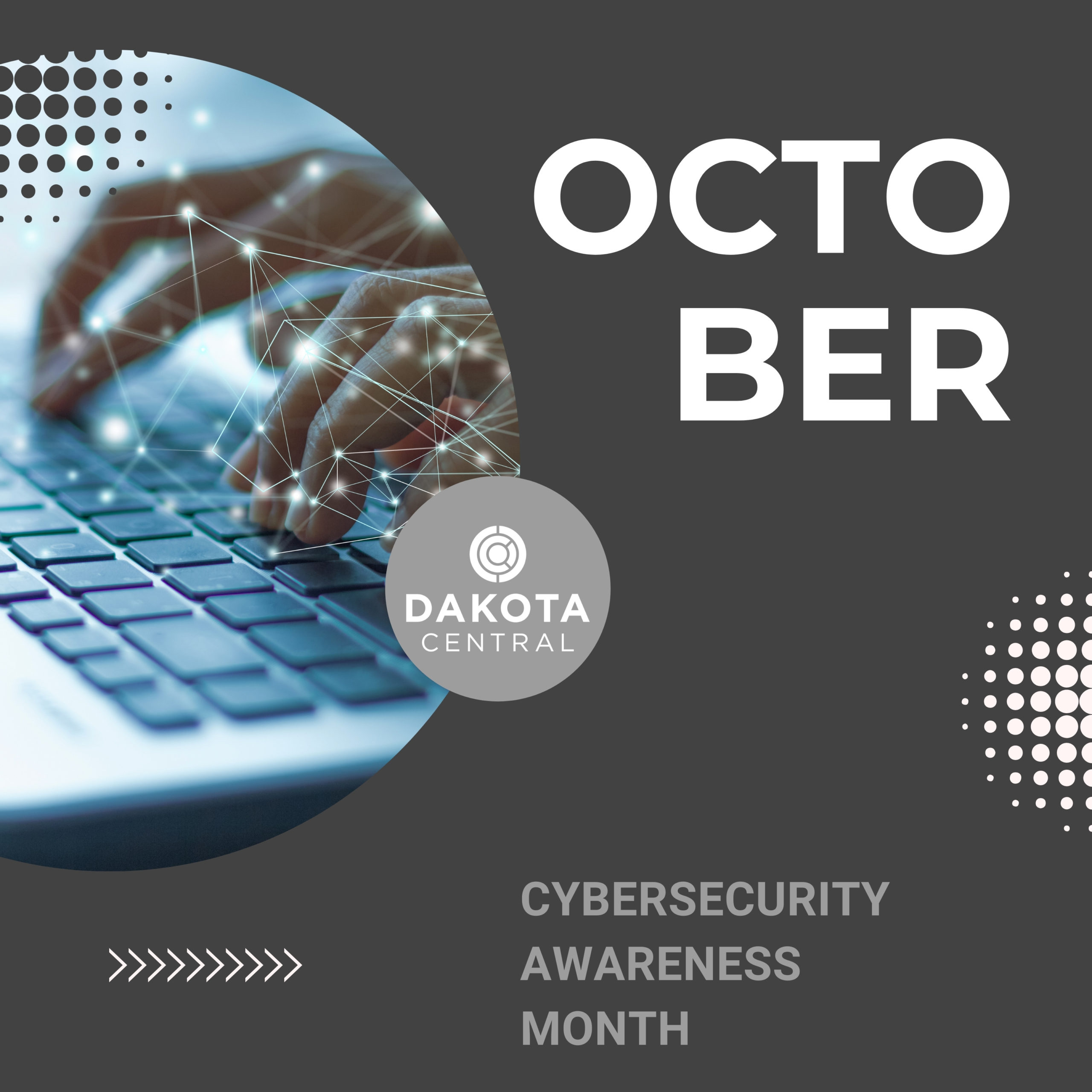


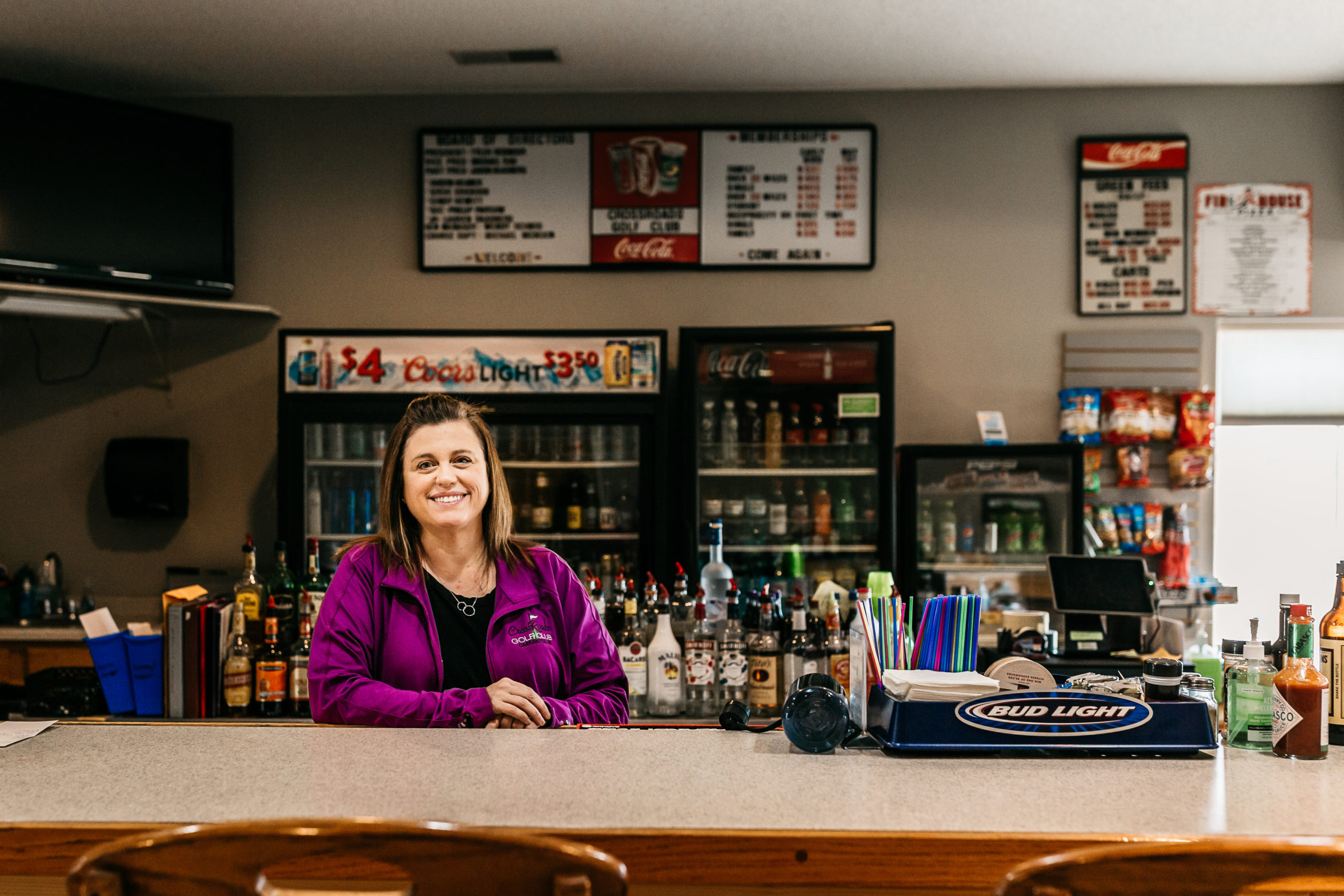

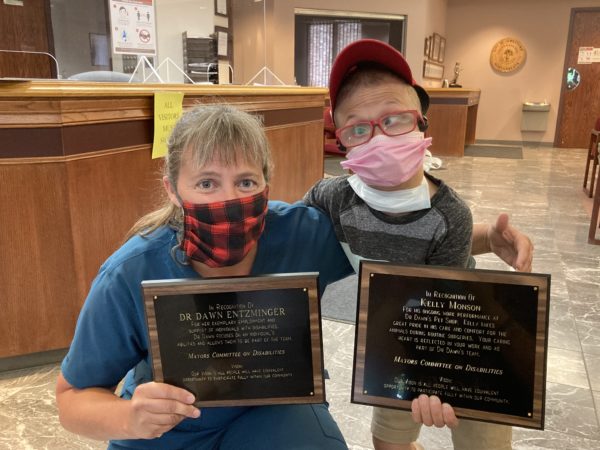
 At Triumph, providing a safe environment for the individuals they work with is very important. “Because we moved to a new neighborhood and a larger facility, we also needed a security system,” Hayley said. Hayley also explained that because the move happened during such a hectic time, the staff at Triumph were happy Dakota Central was able to take care of the security system for them. “At one point we were going to have Ann and Jennie’s husbands do it, but we’re glad Dakota Central was able to take care of it all,” Hayley laughed. “Everyone at Dakota Central was great to work with and extremely helpful. It was nice to know we could pick up the phone and call whenever we needed help.”
At Triumph, providing a safe environment for the individuals they work with is very important. “Because we moved to a new neighborhood and a larger facility, we also needed a security system,” Hayley said. Hayley also explained that because the move happened during such a hectic time, the staff at Triumph were happy Dakota Central was able to take care of the security system for them. “At one point we were going to have Ann and Jennie’s husbands do it, but we’re glad Dakota Central was able to take care of it all,” Hayley laughed. “Everyone at Dakota Central was great to work with and extremely helpful. It was nice to know we could pick up the phone and call whenever we needed help.”

